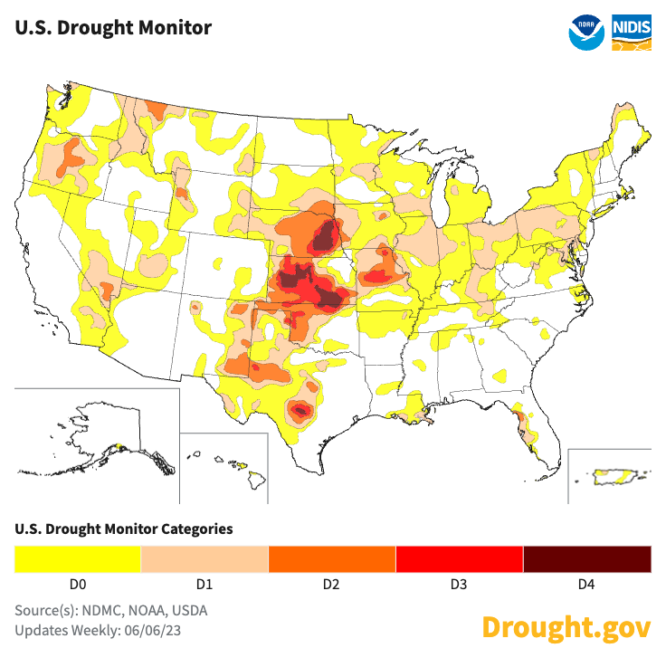No-Till Farmer
Get full access NOW to the most comprehensive, powerful and easy-to-use online resource for no-tillage practices. Just one good idea will pay for your subscription hundreds of times over.

One of the most popular — and useful — sessions at the 11th annual National No-Tillage Conference was a 50-minute panel discussion where four no-tillers presented their 40 best tips on how to deal with drought conditions.
Panel members included:
“Most failures of no-till are temperature and moisture related,” Nester says. “Calcium and magnesium have a profound effect on water infiltration rates, and, in turn, soil structure.”
He says it’s easier to heat air than it is water, so it’s imperative that your no-till soils are well balanced with calcium and magnesium.
Davidson suggests letting roots reach deep into your soil profile. On his farm, they don’t cut any no-till plant roots and it’s paid off.
By leaving the stalks standings, your fields will catch more snow and it’s a way to keep the wind from damaging your land, according to Lang.
“Stalks and stubble keep your soil warmer in the winter and cooler in the spring,” Lange says. “You’ve got to keep your soils cooler in the spring. If the soil…